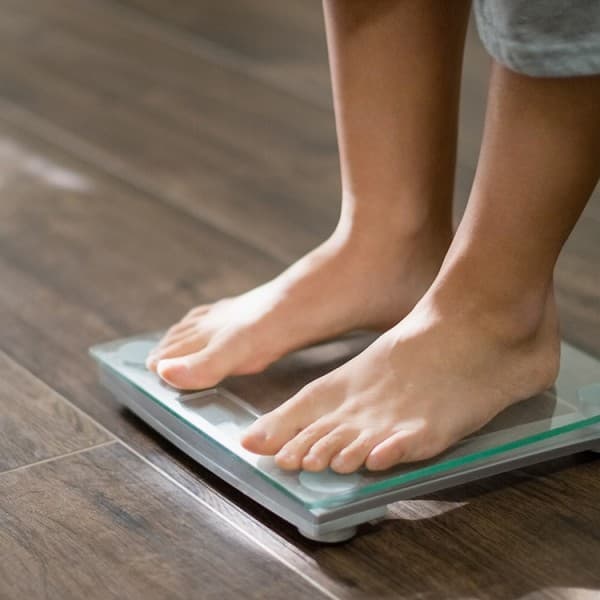It’s true that a slower resting heart rate may be a sign of physical health in athletes,
but in some people, it could be the sign of a heart condition called bradycardia.
Bradycardia is a heart rate that is less than 60 beats per minute (bpm). For most adults,
a heart rate below 60 bpm is considered slow. Bradycardia is one of the most common
arrhythmias, along with
atrial fibrillation
and
tachycardia
, which affect nearly 50 million people worldwide. Learn more about bradycardia and how to
detect and manage it.
Causes of severe bradycardia
In some cases, severe bradycardia may lead to a lack of oxygen-rich blood flowing to the
rest of your body. This can create serious health complications because your organs aren’t
getting the oxygen they need to properly function. Common causes of bradycardia include
1,2
:
- Heart block
- Sinoatrial node problems
- Damage to or infection of the heart tissue (either from aging or another heart condition)
- Hypothyroidism (an underactive thyroid)
- Medications
Detecting bradycardia
Some people with bradycardia may not experience any symptoms and, therefore, may not realize they have it. However, other people may experience fatigue, dizziness, shortness of breath, or chest pain. You can detect bradycardia with an electrocardiogram (EKG), a non-invasive test that measures your heart’s electrical activity. EKGs are commonly taken in a hospital or doctor’s office, but you can also record one at home with a personal EKG device, like KardiaMobile . KardiaMobile allows you to take a medical-grade EKG in just 30 seconds and receive instant analysis. If you are experiencing bradycardia symptoms, or have detected bradycardia on KardiaMobile, talk with your physician. They can help you create a care plan that’s right for you.





%2F1_HowCanTheMazeProcedureRelieveAFib_2024-01-08-201903_qefy-hero-sm.jpg&w=3840&q=75)
